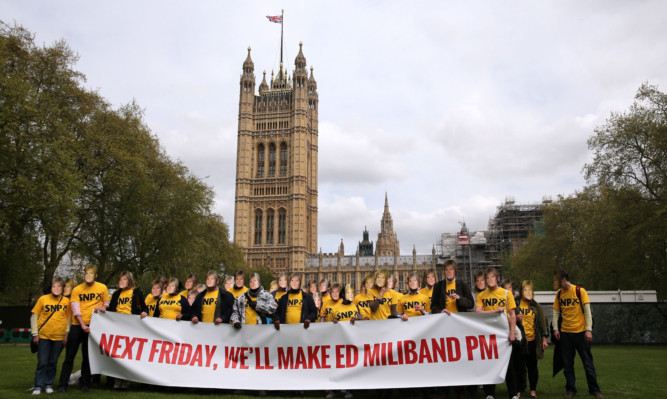
It is very unlikely that we will get a majority government after May 7.
What will happen? The most likely outcome is a minority government of either Labour or the Conservatives relying on one or more of the smaller parties.
Such an arrangement may seem unstable. In reality it is not. Remember, we had a minority government in Scotland from 2007 to 2011.
Minority governments are the norm in many successful countries, for example in Denmark, the Netherlands and New Zealand.
In 2007 the Kiwi Prime Minister John Key’s National Party formed a minority government courtesy of no less than three parties. Such an arrangement is called a Confidence and Supply Agreement.
Another possibility is a formal coalition with a majority in the House of Commons. This is what we have now.
Other countries always have coalition governments. Germany has had coalition governments since 1957. It normally takes several months to form a government.
It took more than 100 days to agree a coalition deal in Germany in 2013. And yet Angela Merkel is presiding over the most successful government in Europe.
But it is unlikely that a stable coalition can be formed after the election here in Britain. The numbers won’t add up.
Until a deal is reached, the old government will continue.
In fact, the Prime Minister will stay in office until there is a majority against him.
That is why Gordon Brown remained Prime Minister until the Liberal Democrats and the Conservatives reached a deal in 2010.
Some people think that a majority government is always preferable. They are gravely mistaken. Greece has had majority governments ever since 1975!
By Matt Qvortrup, Professor of Political Science, Coventry University

Enjoy the convenience of having The Sunday Post delivered as a digital ePaper straight to your smartphone, tablet or computer.
Subscribe for only £5.49 a month and enjoy all the benefits of the printed paper as a digital replica.
Subscribe